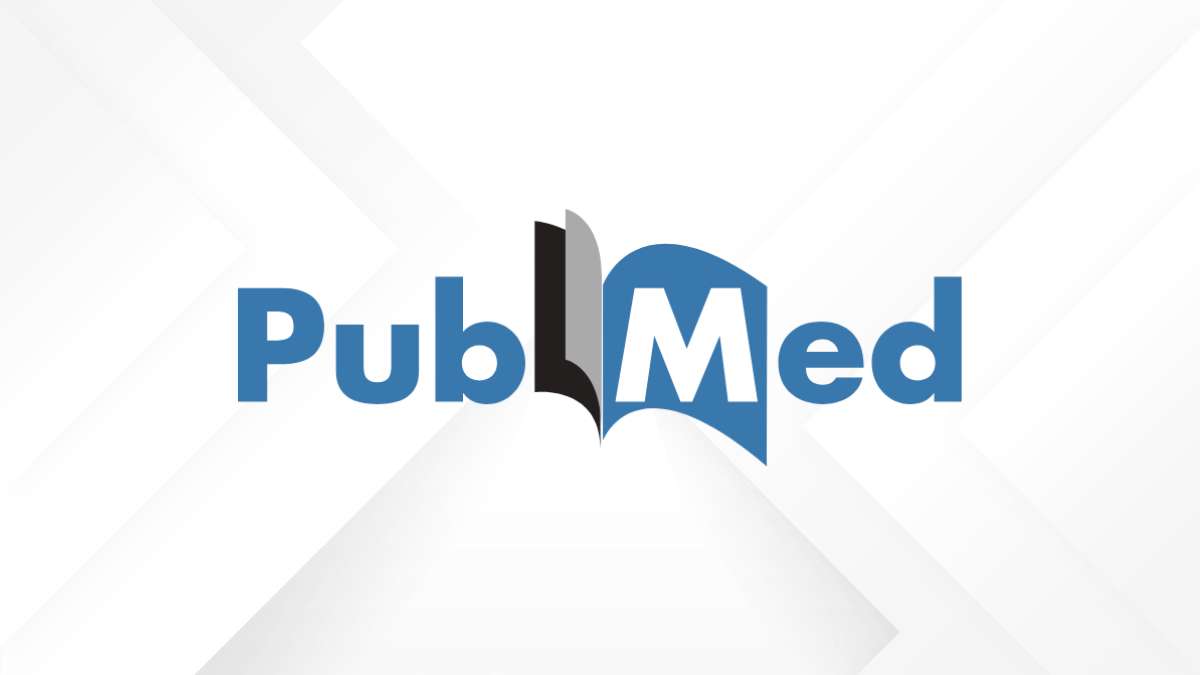Table of Contents
- Introduction
- Understanding PubMed, MEDLINE, and PubMed Central (PMC)
- Route 1: Indexing Through MEDLINE
- Route 2: Indexing Through PubMed Central (PMC)
- Preparing a Journal for Indexing: Best Practices
- Submitting the Application
- Common Reasons for Rejection
- After Acceptance: Sustaining Quality and Visibility
- Conclusion
Introduction
Getting an academic journal indexed in PubMed is a significant milestone for any scholarly publication, particularly in the biomedical and health sciences fields. It opens doors to broader visibility, increased citations, and stronger credibility within the global research community. For editors and publishers, inclusion in PubMed can be seen as a stamp of quality, recognition that their journal meets the standards expected by one of the most respected bibliographic databases in the world.
But as many quickly find out, this achievement isn’t as simple as filling out an online form. PubMed, operated by the U.S. National Library of Medicine (NLM), does not index journals directly. Instead, it indexes articles from journals that have been accepted into MEDLINE or PubMed Central (PMC), and each of these channels has its own rigorous evaluation criteria. Understanding these pathways, preparing thoroughly, and meeting the expectations of the reviewers are all critical steps toward successful inclusion.
This guide explores in detail how an academic journal can navigate the complex process of getting indexed in PubMed, including essential requirements, quality benchmarks, technical specifications, and strategic considerations that publishers should keep in mind.
Understanding PubMed, MEDLINE, and PubMed Central (PMC)
Before diving into the process, it’s essential to clarify what PubMed actually is. Many publishers assume that PubMed is a single platform with a single application. In reality, it’s a search engine that pulls data from several sources, including:
- MEDLINE: This is the main bibliographic database managed by NLM, indexing journal articles that meet high standards in the biomedical and life sciences.
- PubMed Central (PMC): A full-text digital archive of biomedical and life sciences journal literature, where journals may deposit content directly.
- NIH-funded articles: Articles arising from NIH-funded research may be deposited independently into PMC and still appear in PubMed.
A journal must either be indexed in MEDLINE or have articles archived in PMC to be discoverable in PubMed. Each route has different criteria, but the end result—visibility on PubMed—is the same.
Route 1: Indexing Through MEDLINE
Getting indexed in MEDLINE is considered a high honor. The selection process is conducted by the Literature Selection Technical Review Committee (LSTRC), a board of external experts who meet three times a year. The process is competitive, and journals are evaluated based on several criteria.
Scientific and Editorial Quality
MEDLINE places heavy emphasis on scientific merit. This includes the originality, importance, and quality of published research. The editorial board must demonstrate deep subject-matter expertise, and the peer-review process must be transparent, robust, and ethical.
Journals must follow international best practices, such as those outlined by COPE (Committee on Publication Ethics), ICMJE (International Committee of Medical Journal Editors), and WAME (World Association of Medical Editors). The journal should also clearly state its policies on ethics, conflicts of interest, authorship, and corrections.
Journal Scope and Relevance
The journal’s subject matter should fall within the biomedical and life sciences domain. Interdisciplinary journals are accepted, but there must be a strong biomedical orientation. NLM assesses how the journal contributes to the literature, how frequently it publishes, and whether its audience overlaps with other MEDLINE-indexed journals.
A strong scope statement on the journal’s website helps reviewers understand the niche it aims to fill. Vague or overly broad statements can make a journal seem unfocused.
Technical Requirements and Compliance
MEDLINE requires journals to have standardized bibliographic citations, English abstracts (even for non-English articles), and use XML or NLM-compliant formats for metadata. DOIs, ORCID IDs, and other persistent identifiers enhance a journal’s technical profile and are often considered favorably.
If your journal is new, NLM expects at least 12 months of continuous publishing and enough content to evaluate (typically 40+ peer-reviewed articles). Consistency in publication frequency is crucial. Irregular schedules, long gaps between issues, or missed volumes will weaken an application.
Route 2: Indexing Through PubMed Central (PMC)
PMC is another path to PubMed, especially suitable for open-access journals. The process is managed directly by NLM and is different from MEDLINE in that it focuses more on the accessibility and archiving of full-text content.
Open Access and Archiving Policies
To be eligible for PMC, journals must provide free access to their content, either immediately or after an embargo period (usually no longer than 12 months). Journals applying to PMC must demonstrate that they can deposit full-text articles in XML format, using the JATS (Journal Article Tag Suite) standard.
Some publishers may need to partner with typesetting or publishing vendors familiar with PMC’s technical requirements to handle XML conversion. This can be an added cost, but it’s often necessary to meet the archiving standards.
Scientific and Editorial Standards
PMC’s scientific criteria are less stringent than MEDLINE’s but still substantial. Reviewers assess the editorial process, peer review integrity, and author instructions. Repetitive or low-impact research, non-transparent peer review practices, or the absence of ethical guidelines can lead to rejection.
The journal must submit sample content (generally 25–50 recent peer-reviewed articles), and the PMC team will assess this for quality, relevance, and adherence to scholarly norms.
Publisher Reputation and Consistency
PMC also evaluates the publisher as a whole. If you’re submitting multiple journals, NLM may look at the broader publishing practices across your entire operation. Poor design, inconsistent metadata, or deceptive publishing practices (e.g., predatory behaviors) will reflect badly on the application.
Journals should be consistent with publishing schedules, author communications, and editorial quality. It’s also beneficial if the journal is already indexed in other databases such as DOAJ, Scopus, or Web of Science.
Preparing a Journal for Indexing: Best Practices
Build a Transparent and Ethical Publishing Model
Transparency is a foundational requirement. Make sure your journal’s website includes detailed and publicly accessible information on:
- Peer review policies
- Editorial board members (with affiliations)
- Author guidelines
- Author processing charges or APCs (if any)
- Ethical guidelines and corrections policy
Avoid practices that might be perceived as opaque or misleading, like hiding fees, listing unverified editorial board members, or overstating your metrics.
Focus on Article Quality and Consistency
Indexing bodies care more about quality than quantity. Journals with a few well-structured, peer-reviewed, and well-cited articles stand a better chance than those publishing dozens of low-impact papers. Maintain consistency in formatting, referencing, and layout.
It also helps to invest in professional editing and copyediting to ensure language clarity, particularly if English is not the journal’s primary language. Many applications are rejected due to poor grammar or unclear abstracts.
Technical Readiness and Metadata Standards
PubMed systems depend on structured metadata to function efficiently. Ensure your journal supports the following:
- DOIs for every article
- XML article metadata in JATS format (especially for PMC)
- ORCID integration for authors
- Crossref registration and reference linking
- Persistent URLs and open-access license tags (e.g., Creative Commons)
Many publishers outsource their XML conversion to vendors. If you’re not ready to implement XML in-house, consider partnering with experienced service providers familiar with PMC/NLM standards.

Submitting the Application
Application for MEDLINE
To apply to MEDLINE, your journal must go through the NLM Journal Selection Process. Applications are submitted via the NLM’s Journal Application System. You will need to provide:
- Journal information (title, ISSN, scope)
- Sample articles (ideally recent and peer-reviewed)
- Editorial board details
- Publishing schedule and metrics
- Links to ethical guidelines and the peer review process
The LSTRC committee reviews applications triannually. Decisions can take up to 12 months, and the acceptance rate is low. Rejected journals must wait at least 24 months before reapplying.
Application for PMC
Applications to PMC are submitted through the PMC Publisher Portal. The journal must provide:
- At least 25 high-quality articles for review
- Sample XML and PDF files (in JATS format)
- Details about the editorial team and publishing policies
If accepted, the journal must begin depositing full issues or articles as per the agreed schedule. Initial acceptance is provisional, and PMC may suspend participation if quality or technical standards drop.
Common Reasons for Rejection
Understanding why journals get rejected can help you avoid the same mistakes. These include:
- Weak or irrelevant scientific content
- Poor language quality or unclear abstracts
- Lack of a robust peer-review system
- Editorial board lacks academic qualifications or transparency
- Missing ethical policies or a lack of COPE compliance
- Inconsistent publication schedule
- Technical non-compliance (missing DOIs, XML errors)
Addressing these proactively can greatly increase your chances of success.
After Acceptance: Sustaining Quality and Visibility
Getting indexed is only the beginning. Sustaining your presence in PubMed requires ongoing commitment to quality, transparency, and consistency. Journals must:
- Maintain a stable publishing schedule
- Regularly update and verify editorial board information
- Keep up with metadata and XML submission standards
- Respond to queries or issues raised by NLM promptly
- Monitor article citations and reader engagement
It’s also wise to maintain visibility on platforms like Google Scholar, Scopus, DOAJ, and institutional repositories. Being indexed in multiple databases amplifies a journal’s reach and citation potential.
Conclusion
Indexing an academic journal in PubMed is an achievable but demanding goal that requires thoughtful planning, rigorous editorial practices, and technical readiness. The process is not just about ticking boxes—it’s a holistic evaluation of your journal’s integrity, value to the scientific community, and ability to maintain high standards over time.
Choosing the right path—whether through MEDLINE for high-impact visibility or PMC for open-access reach—depends on the journal’s goals, subject matter, and publishing model. Either way, success starts with editorial transparency, scientific quality, and a commitment to ethical and consistent publishing.
By understanding the expectations of the National Library of Medicine, preparing a strong application, and avoiding common pitfalls, journal editors and publishers can position their publications for inclusion in one of the most prestigious scientific databases in the world.
